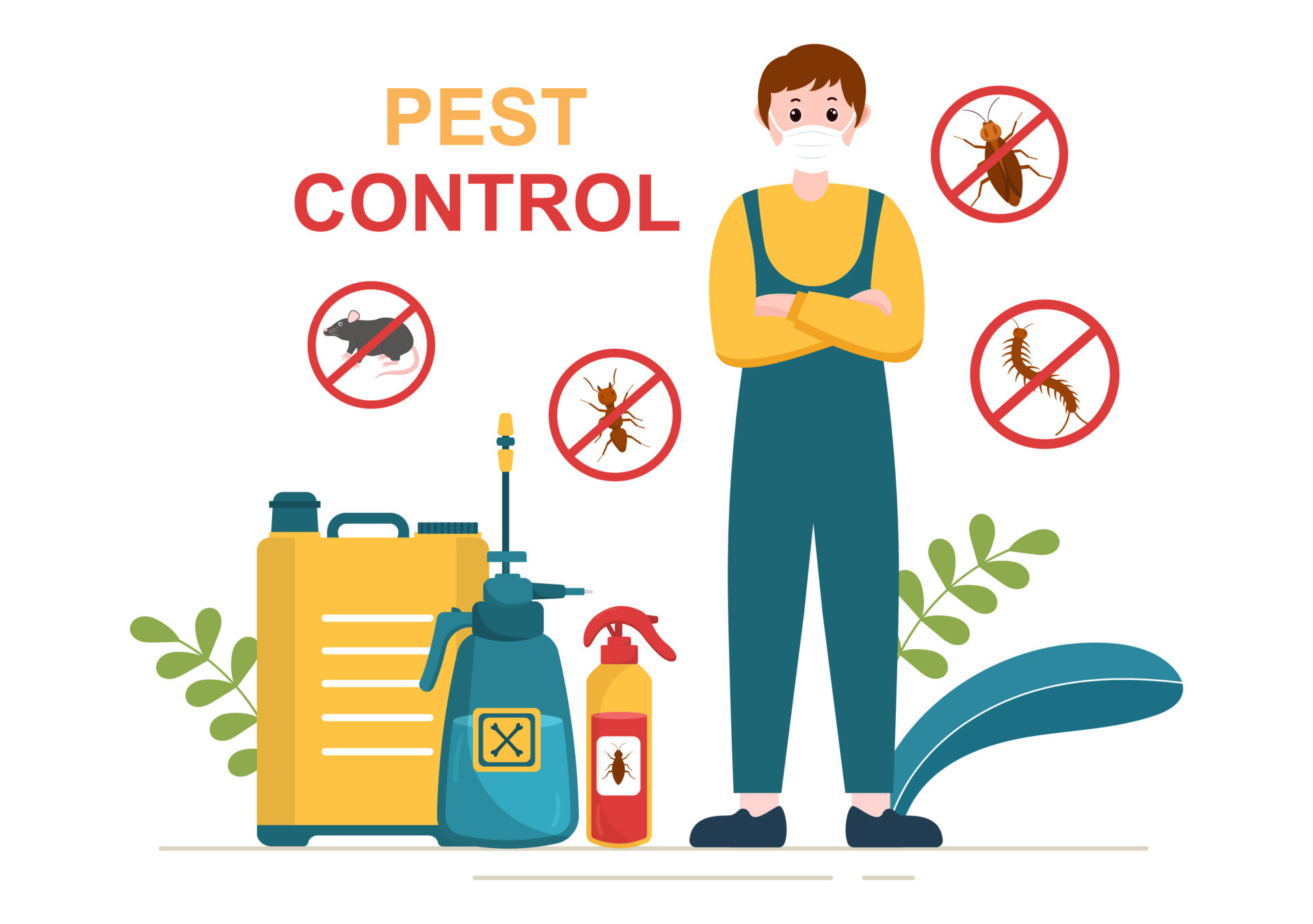Expert Insect Control Techniques for Long-Term Results
In the realm of pest control, achieving sustained efficiency and long-lasting results requires a meticulous strategy that transcends mere extermination. Specialist insect control techniques envelop a thorough technique that starts with an extensive examination and assessment, followed by specific insect identification to comprehend their behavior patterns. The implementation of Integrated Pest Administration (IPM) concepts, paired with eco-conscious treatments, develops the cornerstone of lasting insect eradication. Nonetheless, real examination hinges on the recurring tracking and upkeep of the treated locations, ensuring a pest-free atmosphere for the foreseeable future. By delving right into the details of these methods, a deeper understanding of specialist pest control techniques for sustaining outcomes emerges.
Evaluation and Evaluation
Upon getting in a building for parasite control services, the preliminary action is a thorough inspection and analysis to identify the level of the infestation and establish the most effective therapy strategy. Specialist parasite control technicians are trained to carefully analyze the facilities, searching for signs of insect activity such as droppings, chomp marks, nests, or any structural damage. They will also assess the problems that might be bring in bugs, such as food resources, water leaks, or entrance points.

Parasite Identification and Behavior

Moreover, comprehending the habits of the identified bug is essential to applying reliable control actions. For example, knowing where insects nest, what they feed on, and their activity patterns can help pest control professionals develop techniques to eradicate them efficiently. Some pests may be nocturnal, while others are more active throughout the day. This knowledge enables the application of treatments at optimum times for optimum effectiveness.
Integrated Pest Administration (IPM)
Integrated Insect Management (IPM) approaches integrate several strategies to manage and protect against bug problems in a lasting and eco pleasant way. Pest control Washington DC. By integrating methods such as organic control, environment control, modification of social practices, and using resistant varieties, IPM aims to decrease using chemical pesticides
One of the vital concepts of IPM is the emphasis on avoidance. This proactive strategy entails surveillance bug populaces frequently to detect any kind of potential concerns before they rise. By identifying pest troubles beforehand, pest control steps can be applied quickly and effectively.
Moreover, IPM advertises making use of non-toxic pest control approaches whenever possible. This can include utilizing all-natural killers of the parasites, presenting useful pests, or making use of pheromones to interfere with mating patterns. By minimizing dependence on chemical pesticides, IPM not just secures the setting but also assists preserve a balance in the community.
Environmentally-Friendly Therapies
Applying eco-conscious strategies in pest control procedures can properly resolve invasions while prioritizing ecological sustainability. Environmentally-friendly treatments focus on reducing the impact of bug control methods on environments, non-target organisms, and human health. These approaches frequently include the use of natural killers, such as ladybugs or nematodes, to control pest populations, decreasing the need for chemical treatments. Additionally, strategies like habitat control, such as readjusting wetness levels or removing food resources, can assist prevent bugs without the usage of dangerous compounds.
One more trick element of environmentally-friendly treatments is using organic and biodegradable items that break down promptly without leaving harmful deposits in the environment. Agricultural insecticides stemmed from plants like chrysanthemums or neem supply efficient insect control while posturing marginal risk to non-target species. Moreover, employing techniques like warmth treatments or scent catches can target certain pests with precision, reducing the general ecological impact of parasite control techniques.
Ongoing Tracking and Upkeep
Regular surveillance and upkeep are essential elements of effective insect control monitoring. Recurring monitoring plays an essential function in making certain that pest invasions are found very early and dealt with immediately. Normal evaluations by experienced professionals are necessary to recognize any kind of indications of bug task, evaluate the effectiveness of previous therapies, and make changes to the pest control plan as required. By keeping an eye on bug populaces gradually, bug control professionals can track patterns, expect potential issues, and execute safety nets to decrease the risk of future problems.
In addition to tracking, upkeep methods are essential for long-lasting pest control success. This consists of executing correct sanitation steps to remove potential food and water resources for bugs, sealing off entry factors to prevent insects from going into the properties, and dealing with any type of architectural issues that could assist in parasite infestations (exterminator near me). By incorporating ongoing monitoring and upkeep right into an incorporated parasite administration approach, businesses can guarantee a pest-free atmosphere and protect their property versus pricey damage and health risks
Conclusion
In final thought, using expert insect control methods such as extensive original site assessment and evaluation, precise insect biological pest control recognition and understanding of their habits, integrated bug monitoring approaches, environmentally-friendly therapies, and ongoing tracking and upkeep are essential spider control services for achieving long-lasting lead to insect control. By carrying out these methods, people can properly take care of insect invasions and preserve a pest-free atmosphere in a sustainable manner.